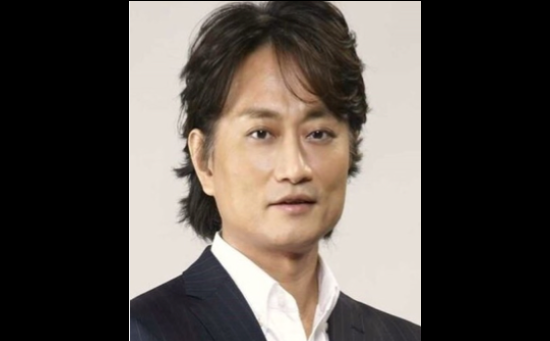
How ADK is Banking on Creative to Disrupt Japanese Advertising

2019 is set to be a year of real, profound change for Japan, with a new Imperial era set to start on May 1st, ushering in the reign of a new Emperor. For the leadership at Japanese communications company Asatsu-DK (ADK), that feeling of change signals the opportunity for huge disruption in the local industry – and they hope to be the ones to capitalise on it.
Back in November 2018, ADK announced that they would be completely restructuring, transitioning to a holding company format. From an advertising point of view, the most interesting part of that reorganisation was the formation of ADK Creative One, a new division that merged agency with production and severed creative from media. The other divisions within the holding company are ADK Marketing Solutions (media) and ADK Emotions (planning and producing IP). That new structure came into force in January 2019 and things are looking to get underway as the new era kicks into gear. It's worth noting, too, that this change comes after an ownership tussle in 2017 that saw Bain Capital take ownership.
In the traditional Japanese set up, media and creative are not only intertwined on an agency level, but the big ad giants like Dentsu and Hakuhodo also function as media owners, monopolising media space and coralling clients towards their traditional media formats. Often in more traditional set ups, creative is given away for free and traditional media is prioritised.
According to Kenji Morinaga, who is heading up ADK Creative One as CEO (Representative Director), this model is no longer working for clients. It’s the 21st century and they want media neutral creative solutions. As the third largest advertising company in Japan – and keenly aware of the size differential between them and their competitors at the big two – ADK reckon they are better able to pivot and have less to lose and more to gain with a new business model.
“We used to have the mass media and that was the touch point where we would communicate with the end consumers - and the strength of the agencies was that we had the mass media behind us. That was how we could secure our places especially in Japan where the media agencies are also the creative agencies. That’s how we were able to acquire the clients’ business,” explains Kenji. “But now what’s happening in Japan is that the clients don’t like that anymore. They don’t want to have to buy media to work with an agency. If we present an idea, they are pressured into thinking ‘oh we have to do TV, we have to do newspaper’. But clients just want people to talk about their brand or to activate people.”
The idea of approaching creative from a media neutral point of view is fairly commonplace in many markets but in Japan it’s less common – but clients, says Morinaga-san, are keen to explore more options, including activation and earned media.
“For the clients, they know how their customers are behaving and they don’t think that mass media is going to be able to move the consumer directly. No one believes that anymore!” he says. “We wanted to separate the media that had to be bought . If there’s a great idea or a great way to promote the product it’s easier now for the client to ask us to help them now without those restrictions.”
The drive to shake things up have come from a shrinking of client marketing budget and a trimming of agency rosters. While previous decades saw clients engage agencies outside of the big two, engaging multiple shops, things are getting tighter.
A key part of the ADK Creative One strategy is to open up boutique and specialist agencies under the group’s umbrella. Part of that is a bit of spread-betting for an uncertain future, nurturing a greater diversity of creative flavours and specialisms. But Morinaga-san also hopes that this might tempt over some talent looking to flex its muscles.
“For example there are even people who want to leave Dentsu and Hakuhodo to start their own agency and up until now these people weren’t going to come to ADK as it was seen as just another big company,” explains Morinaga-san. “But now, if they can have their own ‘castle’.”
Another key part of the strategy is to bring production and creative closer together. While the role of creative producer or agency producer does exist in the bigger agencies, it’s less prevalent than it is in European or US agencies. Morinaga-san says that he has since received emails from friends at Hakuhodo and Dentsu who say that the move is one that they have long wanted to make.
Looking ahead to the next year, Morinaga-san is clear-eyed about what he has to achieve. “First of all I want this new company to work! So that’s the most important thing. And because it is the very first where an agency and production company has merged into one I need to find out if the agency culture and the production company really can merge,” he says. Next year he wants to see if he can get together with other non-ADK agencies outside of the big two to nurture flexible, collaborative ways of working.













